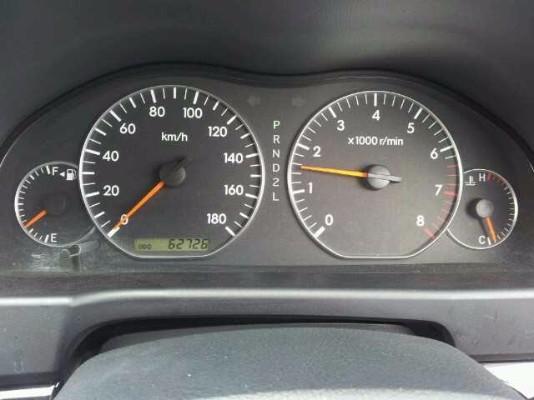Mr Gavin Bennett, another motoring expert, argues that it is not likely that a seven-year-old vehicle will have done only 40,000km. He says it is possible to tell an altered reading by assuming a likely mileage, whatever the odometer says.
“Used car buyers should assume at least 10,000km per year, probably 15,000km per year, and possibly 20,000km per year. That is unless they are given a compelling explanation to validate an unusual reading,” he advises.
There are also physical clues other than the figures showing on the odometer which are too numerous for crooks to completely disguise. These include wear on pedal rubbers, the steering wheel, gear knob, seat covers and floor mats.
“At low mileage, the wear on tyres could be significant. Buyers should do a combination tally of all these things with the odometer numbers and the salesman’s story, previous owner record (which can also be falsified on used imports), etc, to make a judgement. There are also more technical potential checks in component wear (timing belts, compression and oil residues),” says Mr Bennett.
According to Mr Sayer, the only recourse to finding out that your car’s mileage has been wound back is suing the dealer. In other countries, dealers have been prosecuted for selling “clocked” cars even if they did not do it themselves.








